What Is Four-Winged Saltbush - Four-Winged Saltbush Characteristics
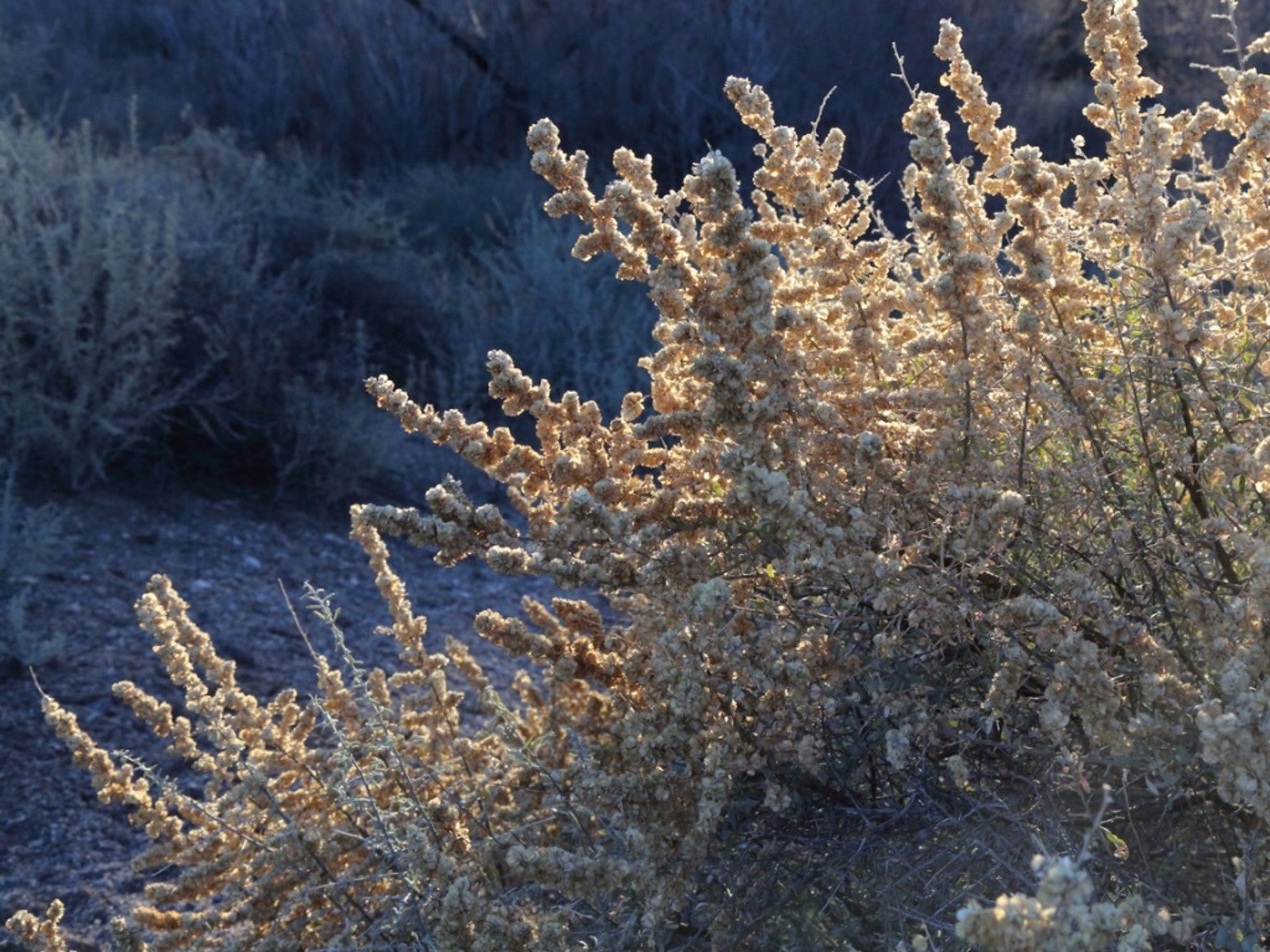

Four-winged - or fourwing - saltbush is a truly unique plant native to much of the western U.S. It has showy fruits and tolerates dry, tough conditions. Use it for fall visual interest, wildlife habitat and food, for erosion control, and in native plantings.
What is Four-Winged Saltbush?
Atriplex canescens is also known as chamiza, bushy atriplex, and fourwing shadscale. Native to the western U.S. and parts of Canada and Mexico, it is a dense shrub that can grow low, or more like a tree. It grows up to eight feet (2.4 m.) tall and wide.
Four-winged salt bush has very deep roots, which makes it useful for erosion control. It has grayish-green leaves and unremarkable flowers. The fruits, however, are showy. One-half to an inch (1.3 to 2.5 cm.) across, the fruits grow in clusters, each with four membranous wings.
Unique Four-Winged Saltbush Characteristics
The fruit of the four-winged saltbush is the most visually unique of its characteristics. What makes this plant truly special, though, is its reproduction. Most specimens are dioecious, meaning they have either male or female reproductive organs.
The sex of each plant is not fixed. Depending on the environment, a single plant can change from male to female. Scientists have found that up to 20% of plants in a population switch sex each year. The female plants are more likely to do so, and they tend to change after a colder winter or a drought.
What Animals Eat Four-Winged Saltbush?
If you love wildlife and are in its native range, consider planting four-winged saltbush. Animals that use it for food or shelter, or both, include deer, quail, jack rabbit, ground squirrel, and porcupine. It also attracts bees and butterflies. For most livestock, four-winged saltbush is a nutritious forage plant. This includes sheep, goats, and cattle. Native Americans ate the seeds.
Growing Four-Winged Saltbush
In its native range, this plant is easy to grow. It tolerates drought and poor, salty soil, and needs no watering once established. Avoid growing where water collects, as it will begin to grow vigorously and become invasive.
Gardening tips, videos, info and more delivered right to your inbox!
Sign up for the Gardening Know How newsletter today and receive a free copy of our e-book "How to Grow Delicious Tomatoes".
If growing four-winged saltbush from seed or small cuttings, protect the shrub for the first three to four years. Wildlife may destroy it before it grows to full size. They particularly like the seeds, so this can slow natural propagation.

Mary Ellen Ellis has been gardening for over 20 years. With degrees in Chemistry and Biology, Mary Ellen's specialties are flowers, native plants, and herbs.
-
 Grow ‘Karl Rosenfield’ Peony Plants For The Ultimate Frilly Border Beauties And Cut Flowers
Grow ‘Karl Rosenfield’ Peony Plants For The Ultimate Frilly Border Beauties And Cut FlowersFor frilly double magenta peony petals infused with a heady fragrance, grow ‘Karl Rosenfield’ peony plants. Here’s how to cultivate the ultimate plushy blooms
By Tonya Barnett
-
 10 Common Composting Problems That Can Spoil Your Garden Gold – Plus Easy Fixes
10 Common Composting Problems That Can Spoil Your Garden Gold – Plus Easy FixesLearn how to troubleshoot common composting issues before they ruin your stash – from bad smells and bugs to materials not breaking down as they should.
By Susan Albert
-
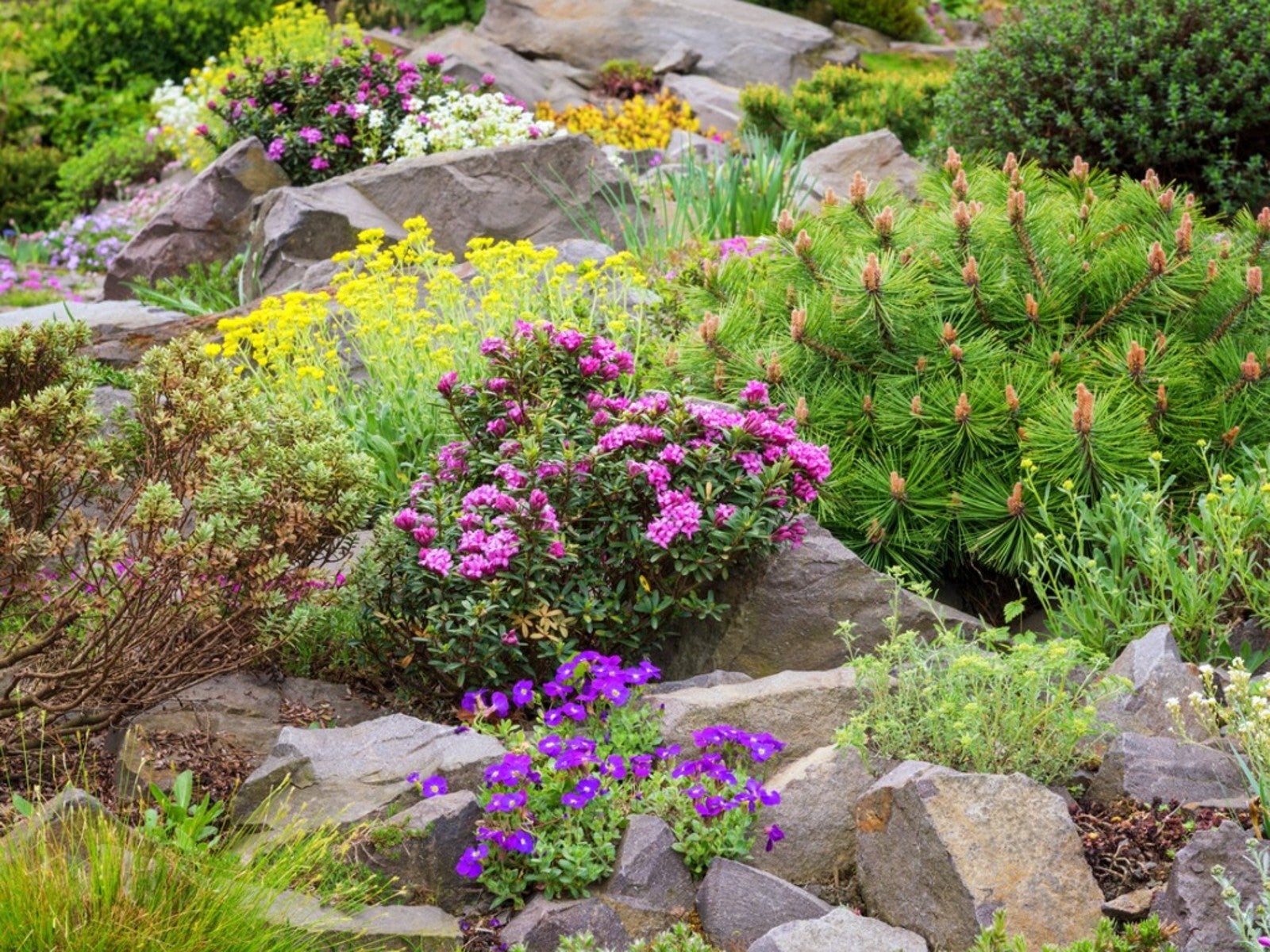 Best Short Bushes For Erosion Control
Best Short Bushes For Erosion ControlErosion is a serious problem that can be solved with the right plants. Read about some low-growing shrubs that can help with erosion control.
By Bonnie L. Grant
-
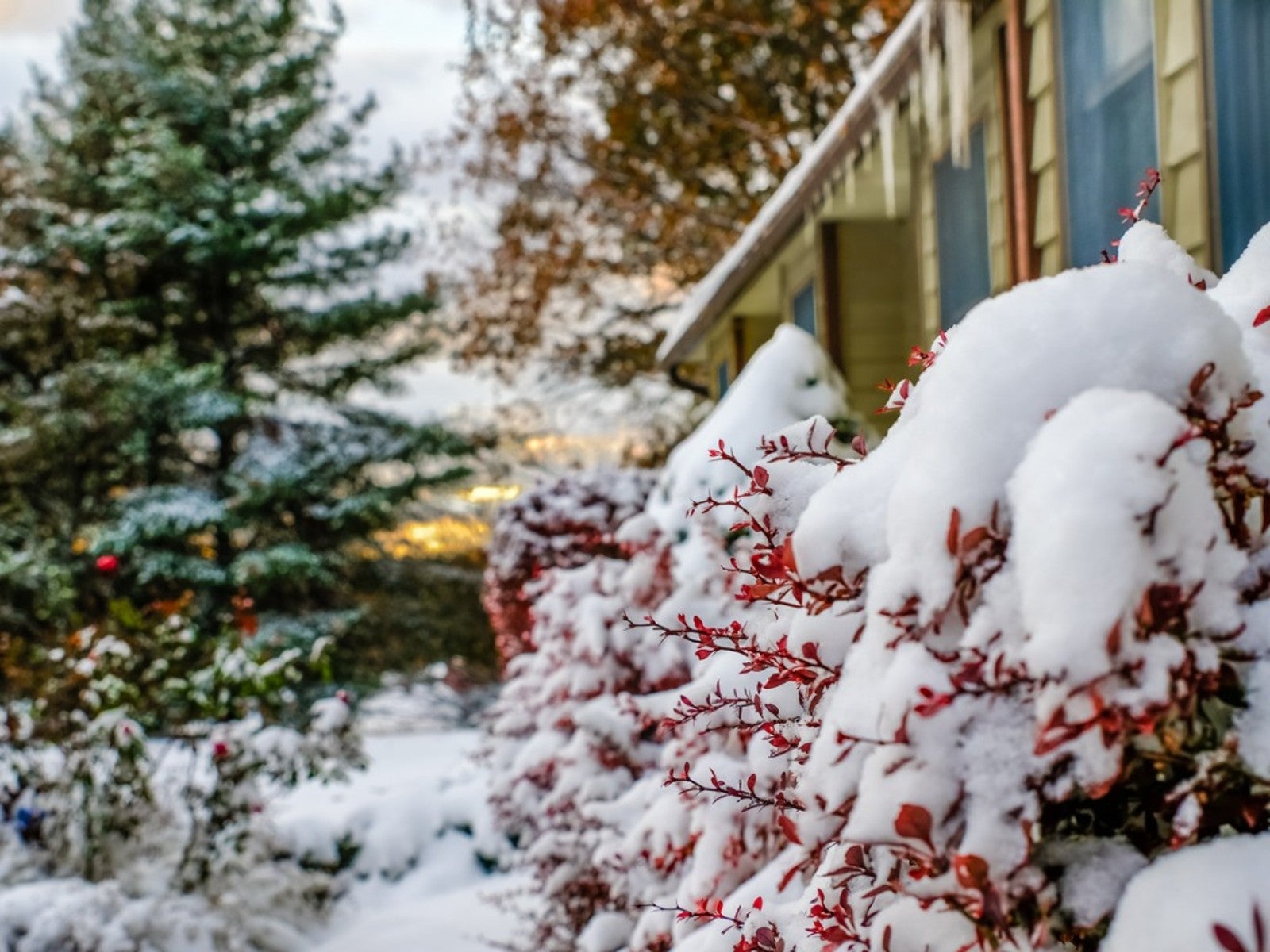 Super Hardy Shrubs And Trees For Northern Climates
Super Hardy Shrubs And Trees For Northern ClimatesWhat are the most cold hardy shrubs and trees for northern climates? Click here to find out.
By Teo Spengler
-
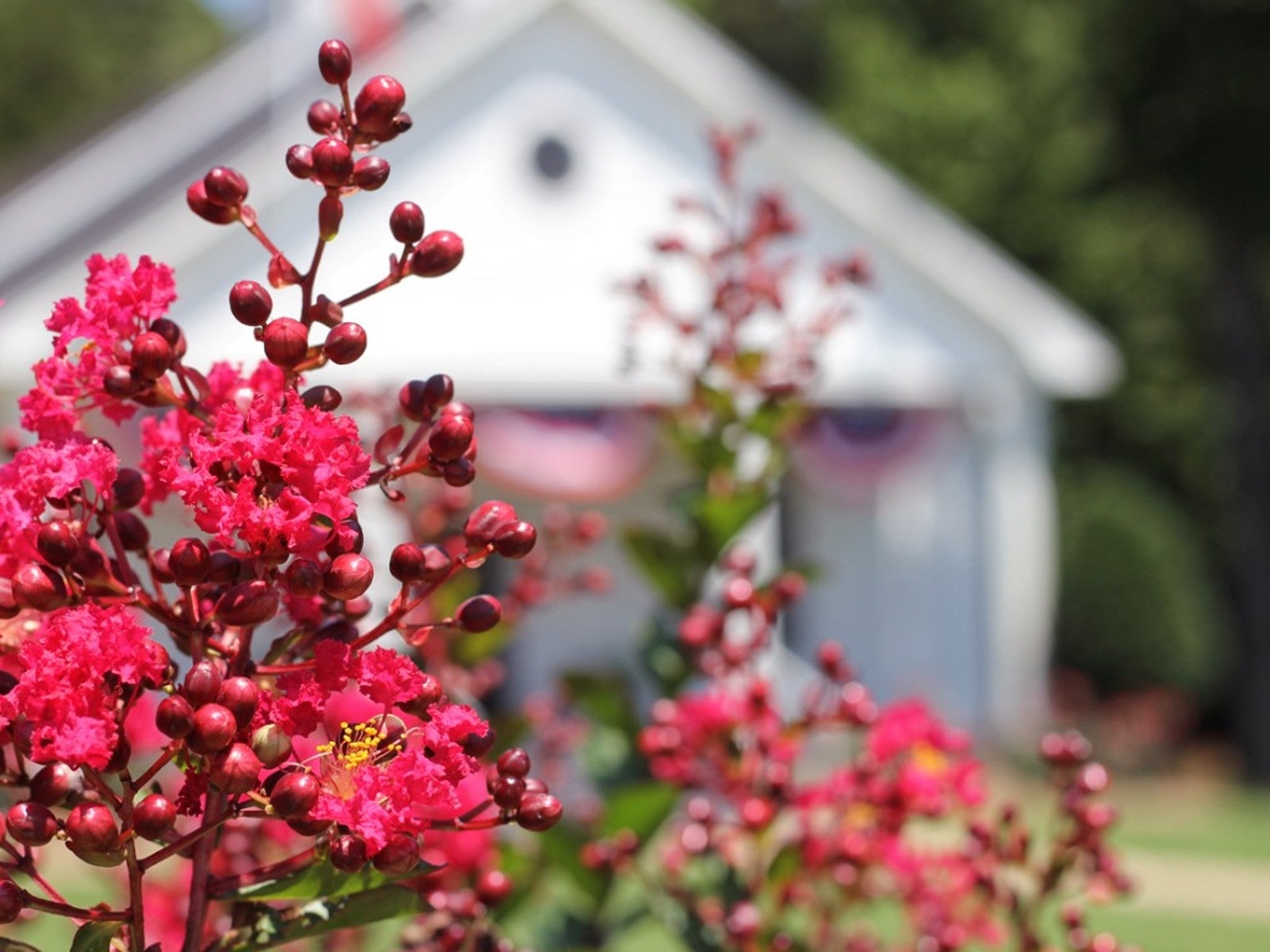 Flowering Shrubs That Like Full Sun And Heat
Flowering Shrubs That Like Full Sun And HeatSome types of flowering shrubs love full sun and summer heat. Read on for full sun shrub suggestions.
By Teo Spengler
-
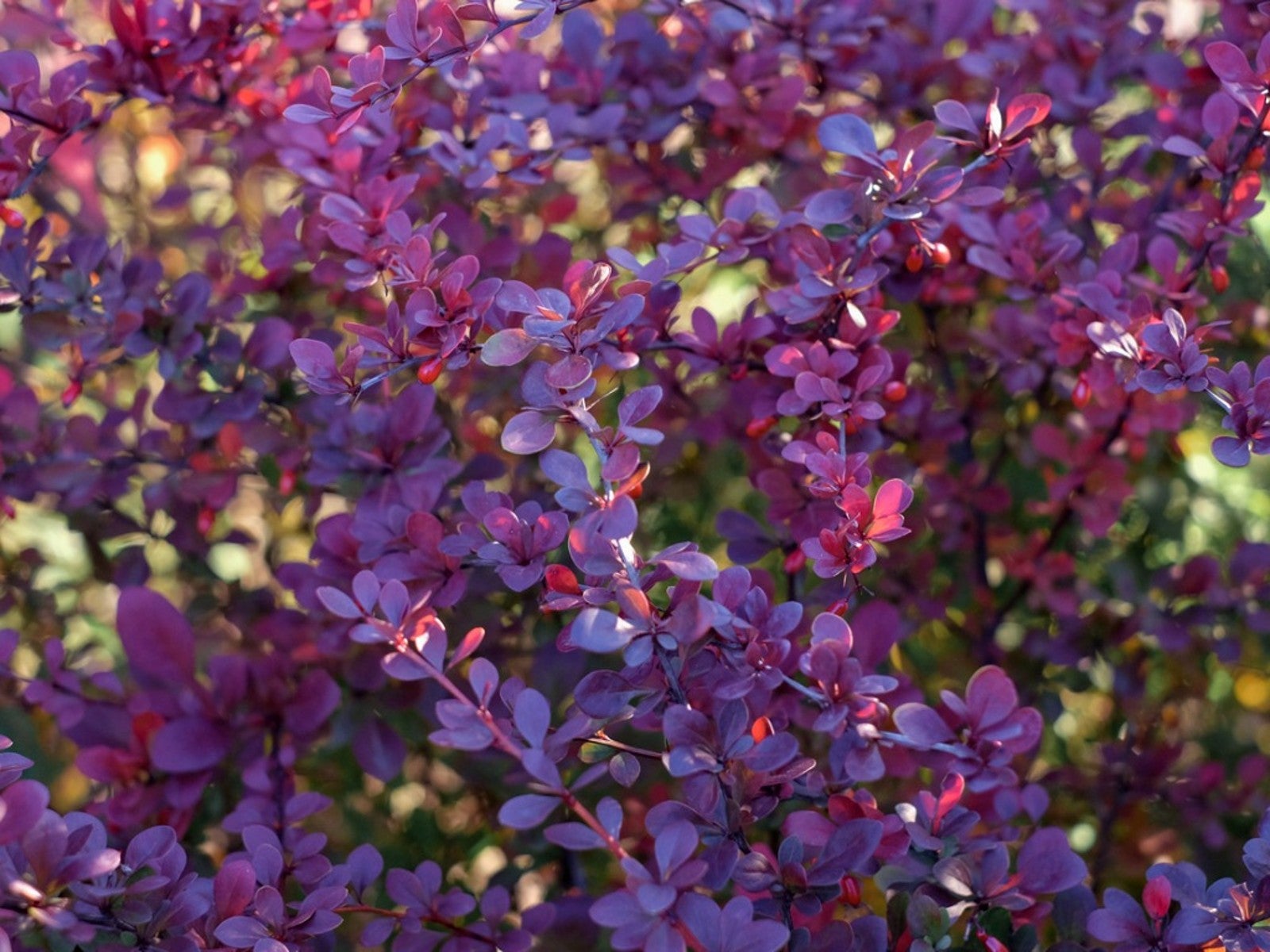 Types Of Shrubs With Purple Leaves
Types Of Shrubs With Purple LeavesIn a garden full of greens and pastels, many gardeners use purple bushes and shrubs for a touch of drama. Here are our favorites.
By Teo Spengler
-
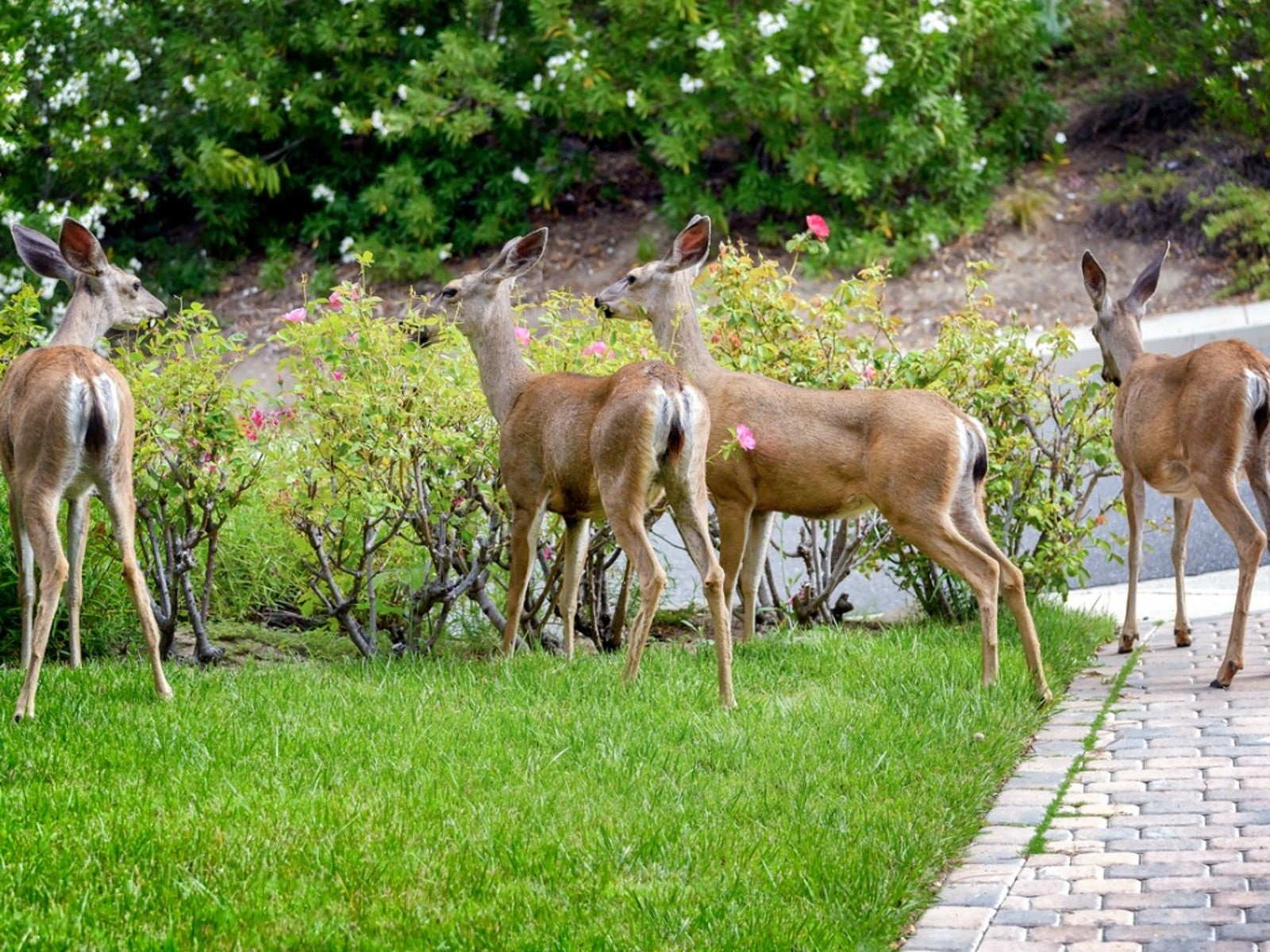 Flowering Shrubs That Are Deer Resistant
Flowering Shrubs That Are Deer ResistantThere is almost nothing a deer will not eat if it is hungry enough, but some plants are better than others. Read on for information on flowering deer resistant shrubs.
By Teo Spengler
-
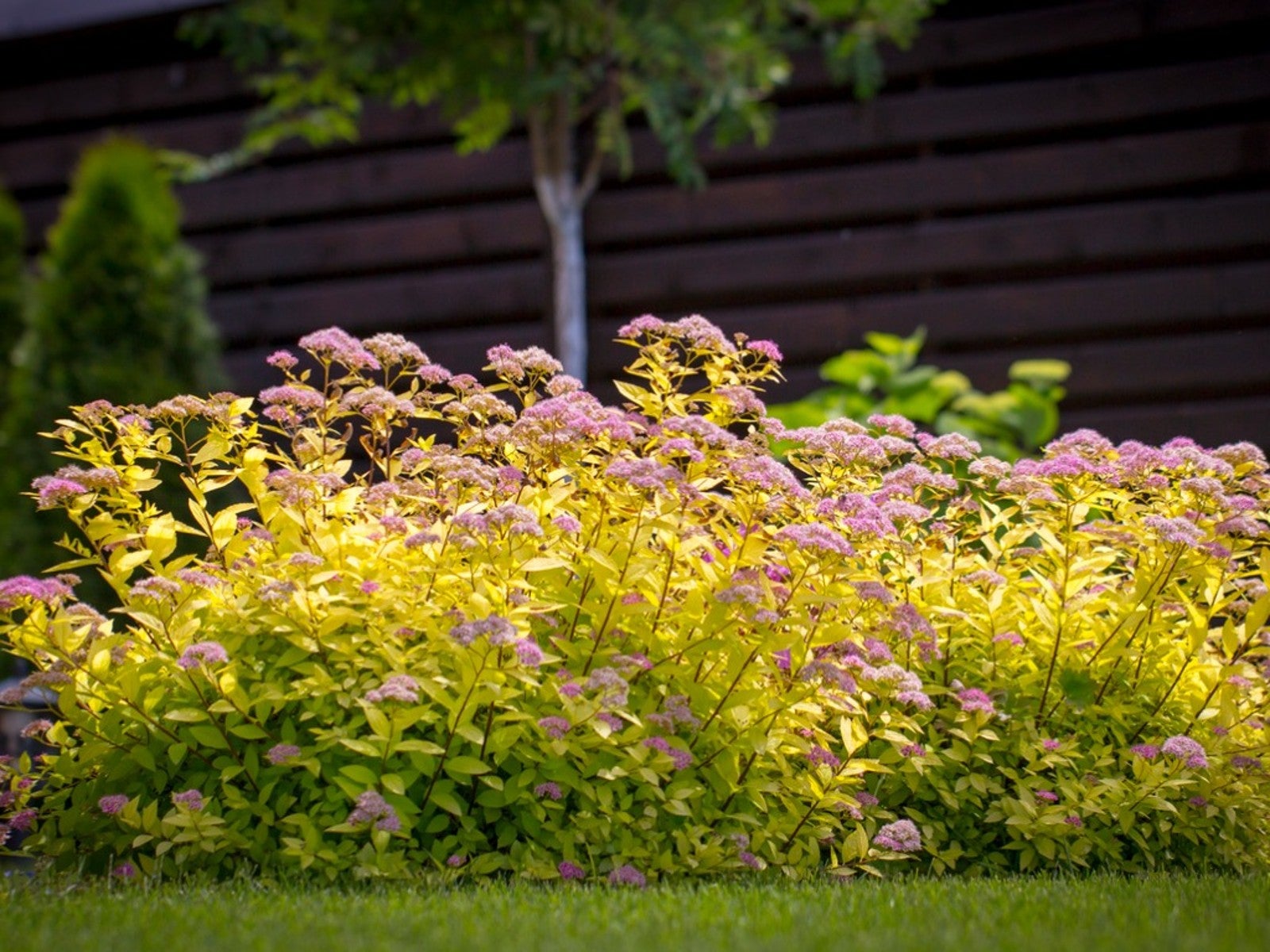 Blooming Invasive Bushes To Avoid
Blooming Invasive Bushes To AvoidWhen it comes to pretty flowers on honeysuckle, scotch broom, and butterfly bush, invasiveness hasn’t always mattered. Today, gardeners know better.
By Mary Ellen Ellis
-
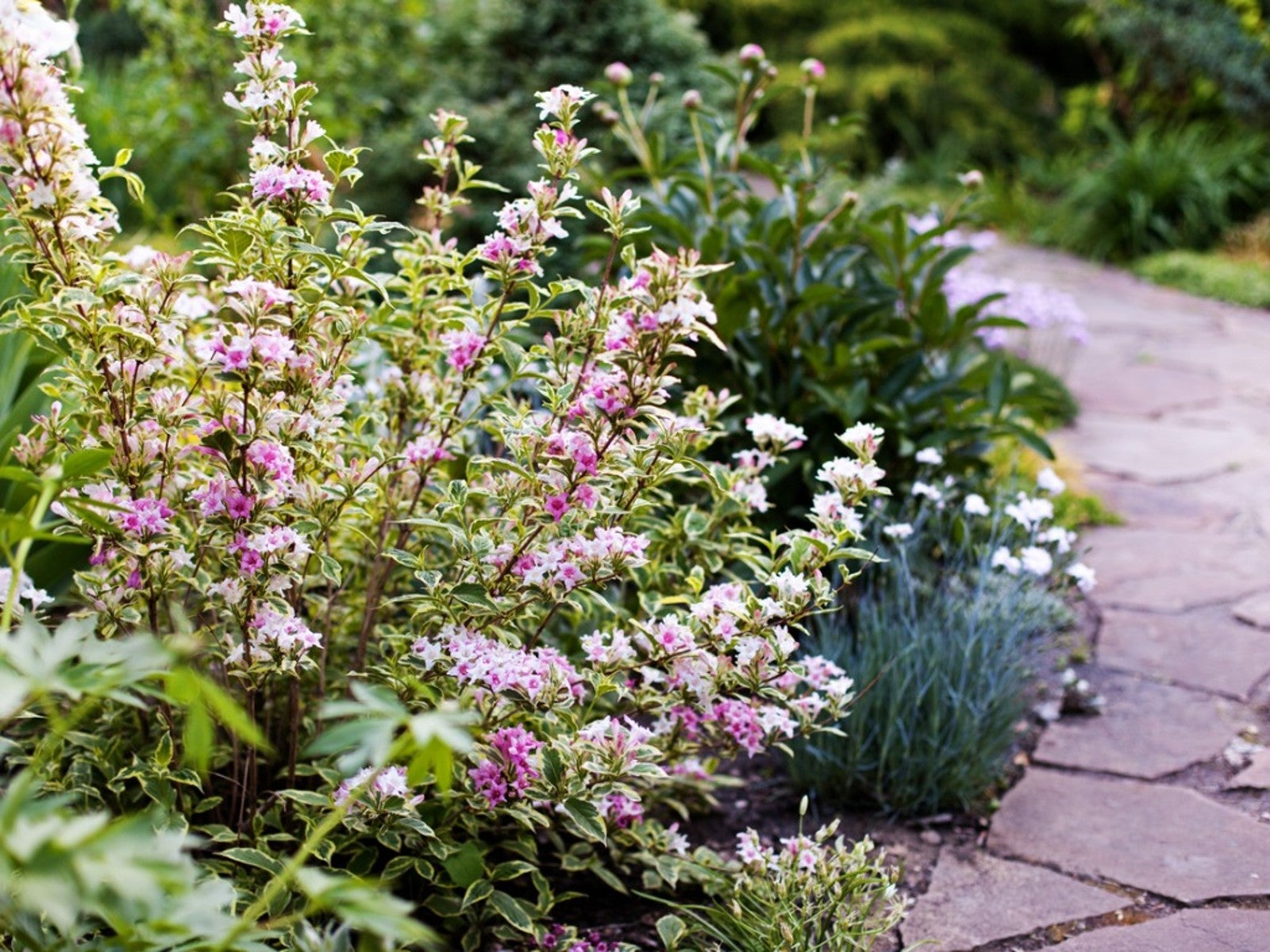 Easy To Care For Flowering Bushes
Easy To Care For Flowering BushesFlowering shrubs are a joy in the landscape, but many gardeners worry about maintenance. Read on for ideas on easy care flowering bushes.
By Teo Spengler
-
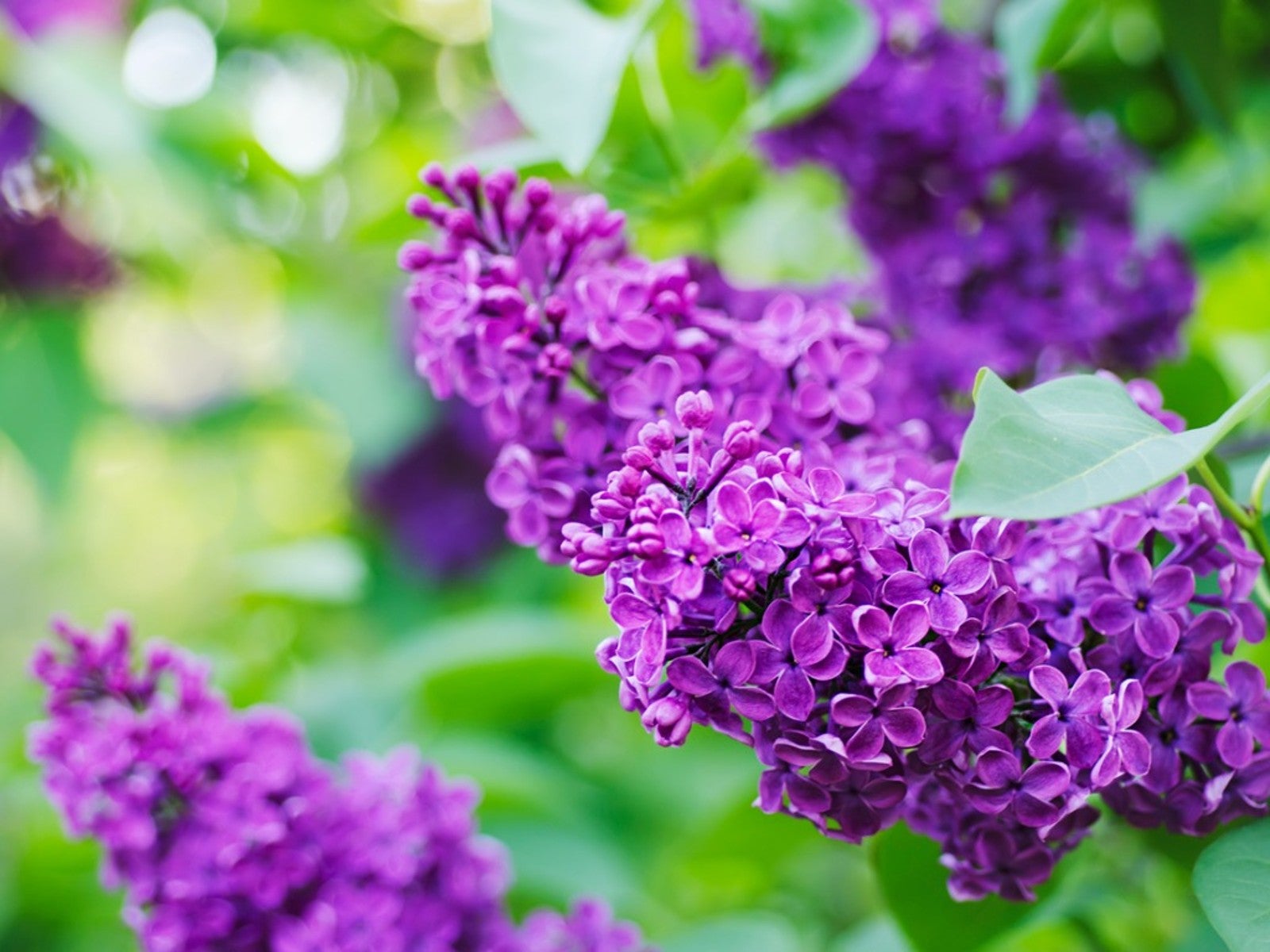 Pretty Purple Flowering Shrubs
Pretty Purple Flowering ShrubsAll flowering shrubs add interest and color to the garden, so why not pick purple? Here are our top recommendations.
By Teo Spengler